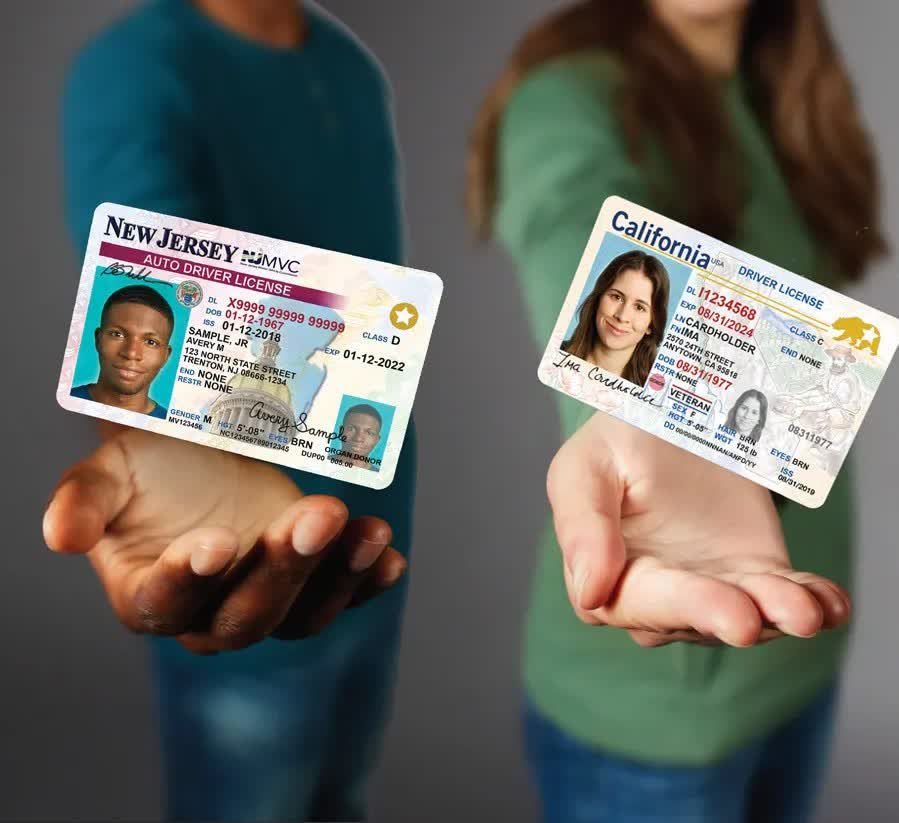Serving tech enthusiasts for over 25 years.
TechSpot means tech analysis and advice you can trust.
In brief: Next month, the US Transportation Security Administration (TSA) will begin enforcing security standards initially enacted two decades ago. Although most travelers likely already meet the requirements, those unsure of their status should check the TSA and Department of Homeland Security websites.
Soon, flying domestically within the US will require a driver's license or other form of identification with markings that meet updated security standards. Travelers not carrying Real ID-compliant documents could face delays or be refused entry at security checkpoints. The requirements vary slightly between states, and updating noncompliant IDs requires a trip to the DMV.
Driver's licenses that don't meet the new Real ID standards might contain the words "Not for federal purposes" on the top right corner of the front. On compliant licenses, a star, hologram, flag, or similar symbol could appear instead. Other valid documents include passports, permanent resident cards, Canadian driver's licenses, immigrant employment cards, and veteran health ID cards.
A brief questionnaire on the DHS website provides more information and links to DMV services for acquiring Real ID credentials in each state or territory. The procedure typically requires identity papers, a Social Security number, or other proof of citizenship or permanent residency.
The TSA claims that 81 percent of travelers already meet the new standards. However, some worry that the new requirements might restrict travel for residents who lack easy access to DMVs or the time to schedule an appointment at the infamously slow offices.
The new rules will enforce the Real ID Act, which Congress passed in 2005, to tighten air security following the September 11 attacks. Although the law has been on the books for 20 years, enforcement was delayed multiple times.

PCMag reports that airports began distributing machines to check for Real ID compliance, called CAT-2 machines, in 2022. Estimates suggest that around 160 airports have installed them to date.
The TSA started deploying CAT-2 scanners to facilitate the rollout of mobile driver's licenses (mDLs) and other digital ID formats. The machines work by scanning QR codes on mobile devices containing digital IDs, and users receive details about what data is shared with federal agencies.
Although mDLs don't automatically comply with Real ID requirements, the TSA will accept digital IDs from states for which it has signed a waiver. More information from the agency, including a list of states that have received waivers, is forthcoming.










 English (US) ·
English (US) ·